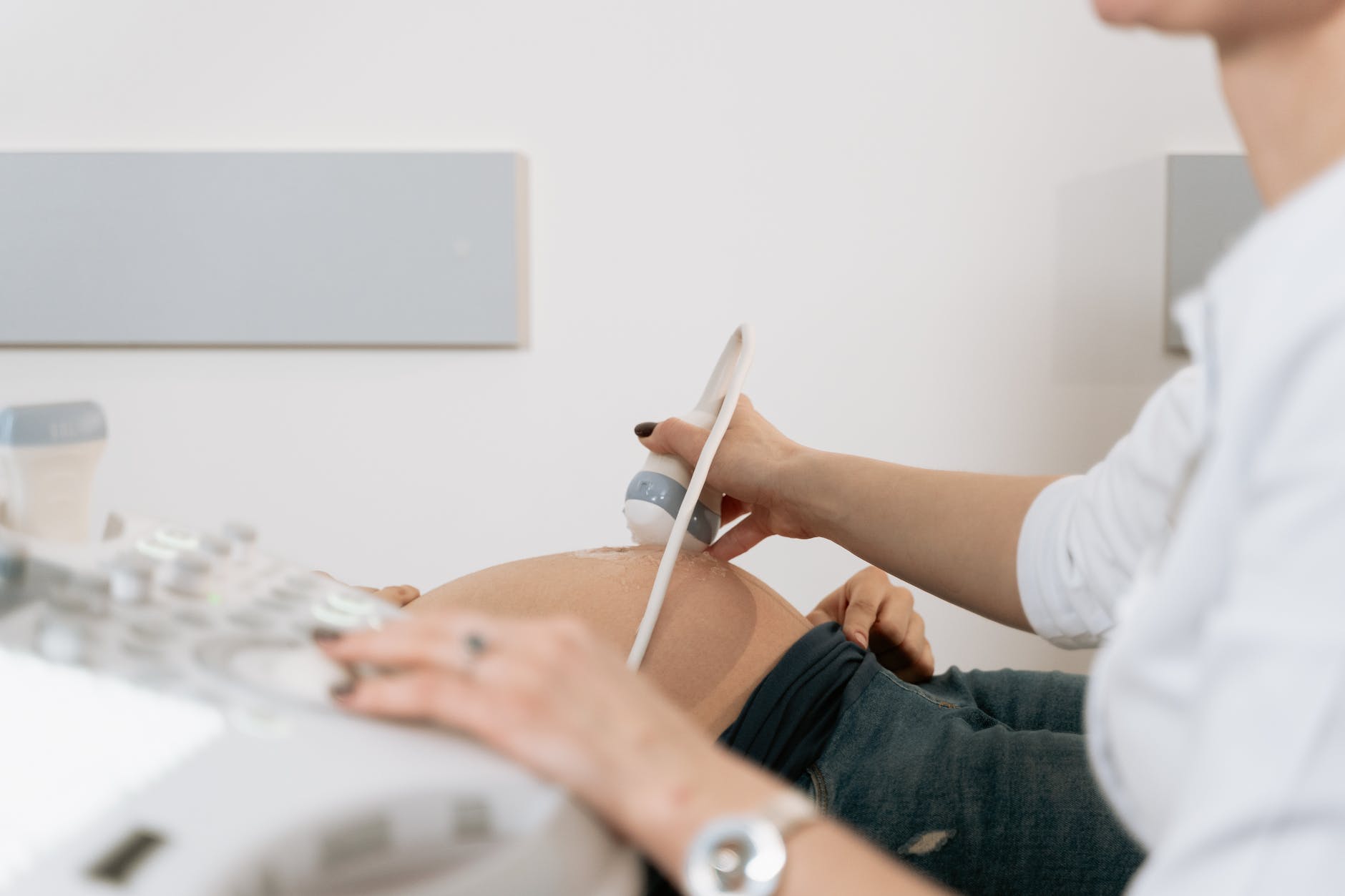Per Aspera Adastra from the Baylor College of Medicine and Texas Children’s Hospital, presented at the Nanopore Community Meeting in Houston on “Using long-read sequencing to generate a case-specific reference genome for pathogen strain typing.” I had watched the longer session before and will watch this one to learn more! Aspera Adastra is a clinical microbiology fellow. What a cool position! They described a case study in which mother and neonate contracted Candida following fetal surgery that led to preterm birth. The team identified budding yeast in mother and neonate and wanted to determine if it was the same C. parapsilosis. DNA was extracted, sequenced with ONT, and assembled. V14 chemistry was used, and base calling was performed with Dorado. Sequences were assembled with Flye and polished with Medaka. The resulting assembly spanned 13 Mb. Completeness of the assembly is >96%. Next, Illumina was used to sequence DNA from both mother (placental tissue) and neonate (blood culture). Short-read sequence data was mapped against the reference genome they created with Nanopore long-reads. Average Nucleotide Identity (ANI) suggests the Candida are 98.5% identical C. parapsilosis. The team is currently generating additional data to determine if the isolates are the same strain. The entire process and description of the case are intriguing. I would love to learn more about what they find and use this scenario in class.



